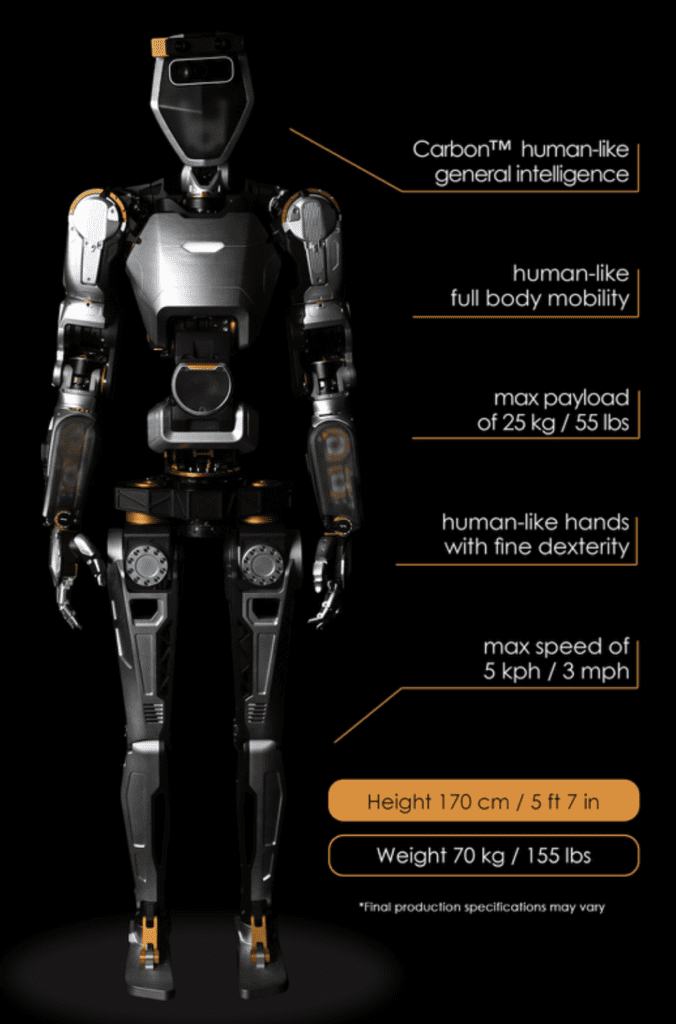Enhanced Mobility, Rapid Task Learning, and Cost Efficiency Define Next-Gen Robotics
- Human-Like Agility and Learning: Sanctuary AI’s latest Phoenix robot showcases human-like range of motion and the ability to quickly automate new tasks, reflecting significant advancements in both physical and artificial intelligence capabilities.
- Cost and Time Efficiency: With a design that reduces both the build time and the cost of materials, the seventh generation Phoenix robot represents a leap towards more economically viable robotic solutions.
- Broader Deployment: Following successful deployment in various industries, including automotive, the new generation robot is set to expand its footprint, underscoring its growing impact on labor-intensive sectors.
Sanctuary AI, a Canadian robotics firm, recently unveiled the seventh generation of its Phoenix robot, marking a significant milestone in the field of humanoid robotics. Unlike its predecessors, this new model emphasizes upper body functions, particularly highlighting its adeptness in sorting tasks which it can learn to perform within a remarkably short period—less than 24 hours.
This rapid learning capability is critical as it not only demonstrates the robot’s adaptability but also its potential to significantly reduce training and deployment time across various applications. The focus on the torso and upper body mechanics of the robot has led to an impressive demonstration of human-like movements, such as sorting and manipulating objects with nuanced dexterity.

In terms of design and operation efficiency, the latest Phoenix robot boasts increased uptime and an enhanced range of motion, especially in the wrists, hands, and elbows. These improvements are crucial for performing complex tasks over extended periods without human intervention. Moreover, the robot’s build time and material costs have been substantially reduced, making it a more affordable option for businesses looking to integrate advanced robotics into their operations.
Sanctuary’s approach to robotics development combines cutting-edge AI with practical design enhancements to meet the diverse needs of modern industries. With a robust AI control system named Carbon, the robot utilizes high-fidelity data to refine its motions and interactions, pushing the boundaries of what autonomous systems can achieve.
The implications of such advancements extend beyond mere labor substitution. They represent a shift towards creating machines that can seamlessly integrate into human environments, enhancing productivity and safety. As these robots become more embedded in everyday scenarios, their impact on the economy and society will likely grow, reshaping industries and potentially leading to new regulatory and ethical standards in robotics.
As Sanctuary AI continues to innovate and refine its technology, the robotics landscape is set to evolve, promising not only more advanced capabilities but also broader accessibility and application. The potential of humanoid robots to transform industries is becoming increasingly tangible, driven by breakthroughs like those demonstrated by Sanctuary AI’s latest Phoenix model.

